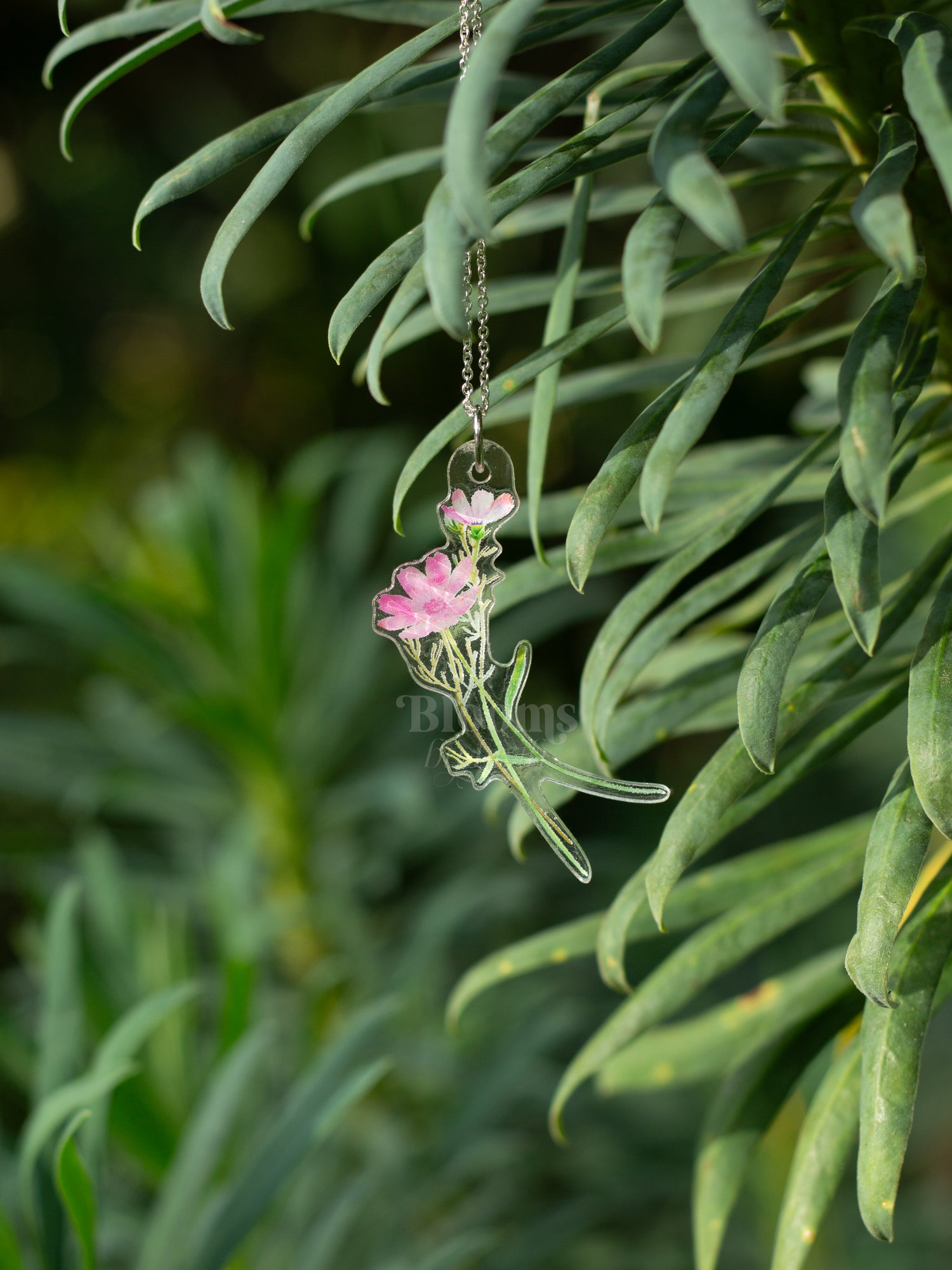Birth Flowers
What are Birth Flowers?
Birth flowers are like nature's personal touch to every month of the year, a special bloom tied to your birth month with symbolic meaning and beauty. Just like zodiac signs or birthstones, birth flowers carry their own charm and history. Each flower reflects unique traits, qualities, and stories that make them a beautiful way to celebrate identity, mark milestones, or give thoughtful gifts.
For instance, if you're born in January (like me!), your flower is Carnation, symbolising love, fascination, and distinction. August? That's Poppy, representing strength and sincerity. Each month has it's own floral personality, making birth flowers a timeless tradition that connects us to nature in a meaningful way.
Where Do Birth Flowers Come From?
The tradition of birth flowers has roots stretching back centuries. It's believed to have started with Romans, who associated certain flowers with their gods, celebrations, and even zodiac signs. Over time, this evolved into assigning birth flowers to the months of the year, influenced by cultural practices in Europe and Asia.
In Victorian times, when the language of flowers (floriography) became hugely popular, birth flowers gained even more significance. People used flowers to communicate emotions and sentiments they couldn't say out loud. The idea of linking flowers to birthdays added a personal touch, creating a tradition that's carried on through generations.
Today, birth flowers blend history and sentiment, making them a beautiful way to connect with your roots, share your personality, or celebrate life's special moments. Whether you're drawn to their meanings or simply their beauty, birth flowers remind us how nature has it's own way of telling stories.

January
Carnation
Carnations symbolise love, fascination, and distinction. They are often associated with admiration and heartfelt emotion, making them a beautiful representation of the new year's start.

February
Violet
Violets represent modesty, loyalty and faithfulness. Known for their delicate beauty, they signify quiet strength and everlasting love.

March
Daffodil
Daffodils are a symbol of renewal, hope, and prosperity. Their bright yellow petals herald the arrival of spring and new beginnings.

April
Daisy
Daisies stand for purity, innocence, and cheerfulness. Their simple yet joyful appearance represents a fresh outlook on life.

May
Lily Of The Valley
Lily of the Valley conveys humility, sweetness, and the return of happiness. It's delicate blossoms are a reminder of life's gentle and precious moments.

June
Rose
Roses are timeless symbols of love, beauty, and passion. Each colour holds it's own unique meaning, but all roses represents deep emotions and affection.

July
Delphinium
Delphiniums signify positivity, openness, and a big heart. Their tall, elegant blooms are associated with joyful moments and uplifting spirits.

August
Poppy
Poppies are symbols of imagination, remembrance, and rest. Their bold colours make them a striking representation of creativity and reflection.

September
Aster
Asters represent wisdom, patience, and elegance. Often called the "star flower", they symbolise a love that endures through time.

October
Cosmo
Cosmos embody harmony, peace, and order. Their balanced and symmetrical petals are a reflection of beauty and tranquillity.

November
Chrysanthemum
Chrysanthemums symbolise friendship, gratitude, and abundance. In many cultures, they are associated with longevity and happiness.

December
Narcissus
Narcissus flowers stand for self-confidence, renewal, and respect. Their cheerful blooms are a symbol of rebirth and optimism as the year comes to a close.
